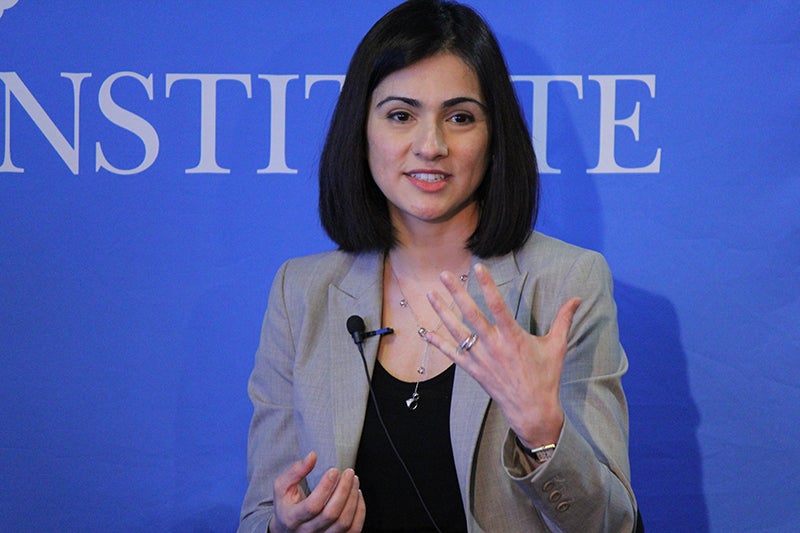Gap Inc. recently announced that it is raising the minimum hourly wage it will pay its workers to $10 an hour. This is good news for Gap workers, 65,000 of whom are now to get a pay raise, and good news for the company. For front-line workers, this boosts their income by a significant amount — probably in the neighborhood of a 25 percent increase in their rate of pay over two years.
For the company, this move also has substantial benefits. First, it’s very good for the brand. Apparel companies like Gap need to be careful about their brand. Revelations of sweatshop production conditions and tragedies like the Rana Plaza building collapse in Bangladesh create a negative image of companies and their brands, and can lead to consumer backlash. In this country, raising the minimum wage is currently a very popular policy with the public, even if Congress is less than keen on the idea. According to a recent Washington Post-ABC news poll, two-thirds of Americans support raising the minimum wage with majorities of Democrats, Independents, and Republicans in favor. With concern about income inequality and low-wage work in this country on the rise, being a company that does the right thing in the public’s eye will be good for Gap’s brand.
Further, this increase in workers’ wages could well turn out to be a profitable investment, rather than merely an increase in labor costs. At minimum, Gap will likely experience a short-term productivity bump from their workforce due to lower turnover and greater motivation. But they could do better than that. In her new book “The Good Jobs Strategy,” MIT professor Zeynep Ton offers a compelling case for businesses to invest more in their workers, even in highly competitive retail industries, and to couple these investments with cross-training and other innovations to build an engaged and motivated workforce that in turn improves operating performance, the customer experience, and drives profitability.
Gap’s move to raise wages is great news for many. In a statement announcing the move, Gap’s chairman and CEO describes it as one the company expects to be good for the brand, the company’s employees, its customers, and its bottom line. Companies like Costco, Trader Joe’s, Quick Trip, and others have for years been building successful companies on the strength of their workforce, and generating the kind of success Gap now hopes to find. Kudos to Gap for publicly pursuing this approach to pay. Let’s hope they’re setting a new trend for business.
Maureen Conway is executive director of the Aspen Institute Economic Opportunities Program.


